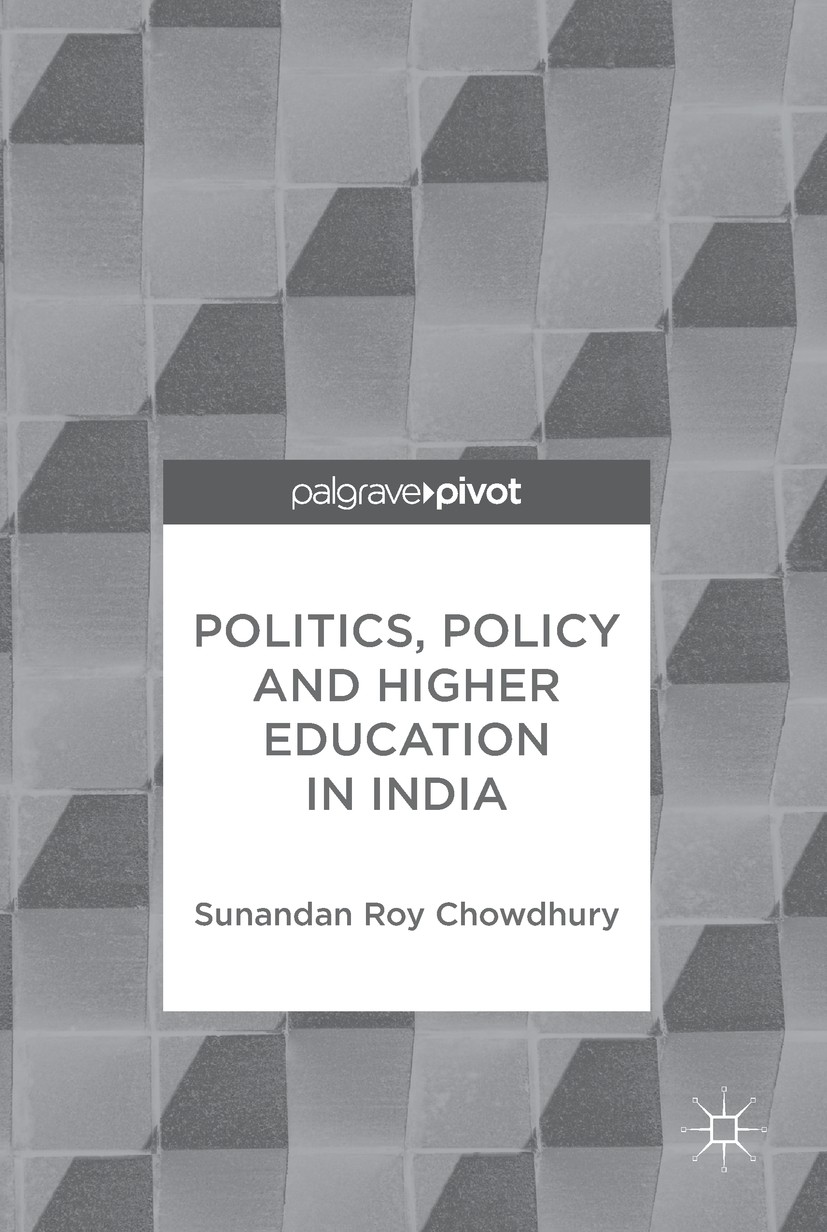| 书目名称 | Politics, Policy and Higher Education in India | | 编辑 | Sunandan Roy Chowdhury | | 视频video | http://file.papertrans.cn/751/750488/750488.mp4 | | 概述 | Examines key policy issues in the fields of language, nationalism and economic development and their impact on education policy.Considers the question of inequality at the heart of India‘s higher educ | | 图书封面 |  | | 描述 | Considering the evolution of Indian higher education policy from British colonial rule to modern day India, this pivot examines key policy issues in fields as diverse as language, nationalism and economic development. Focusing on India’s relationship with the world at large and the state of class conflict in India’s universities, it assesses the country’s politics as they have impacted education policy, as well as the state of higher education and of universities in India. The book contends that India’s elite and power-stream have developed a higher education policy that has successfully catered to the creation and reproduction of a tiny economic elite which excludes the largest sections of higher education institutions and society. This skewed policy and its concomitant development has led to India remaining a pygmy nation when it comes to living standards or innovation in natural and social sciences. Through cutting edge interdisciplinary research, this pivot offers an insightful addition to the debate on higher education thinking, in India and further afield, across the realms of politics, policy and philosophy.. | | 出版日期 | Book 2017 | | 关键词 | Politics of Education Policy in India; the state of higher education and of universities in India; Ind | | 版次 | 1 | | doi | https://doi.org/10.1007/978-981-10-5056-5 | | isbn_softcover | 978-981-13-5306-2 | | isbn_ebook | 978-981-10-5056-5 | | copyright | The Editor(s) (if applicable) and The Author(s) 2017 |
The information of publication is updating

书目名称Politics, Policy and Higher Education in India影响因子(影响力)

书目名称Politics, Policy and Higher Education in India影响因子(影响力)学科排名

书目名称Politics, Policy and Higher Education in India网络公开度

书目名称Politics, Policy and Higher Education in India网络公开度学科排名

书目名称Politics, Policy and Higher Education in India被引频次

书目名称Politics, Policy and Higher Education in India被引频次学科排名

书目名称Politics, Policy and Higher Education in India年度引用

书目名称Politics, Policy and Higher Education in India年度引用学科排名

书目名称Politics, Policy and Higher Education in India读者反馈

书目名称Politics, Policy and Higher Education in India读者反馈学科排名

|
|
|
 |Archiver|手机版|小黑屋|
派博传思国际
( 京公网安备110108008328)
GMT+8, 2025-12-18 15:31
|Archiver|手机版|小黑屋|
派博传思国际
( 京公网安备110108008328)
GMT+8, 2025-12-18 15:31


